Fractions Greater Than or Less Than 1/2 -> numerator
Numerator
In a fraction, the numerator is the top number that represents the part of the whole. It tells us how many parts of the whole are being considered. For example, in the fraction 3/5, the numerator is 3, which means we are considering 3 parts out of the total 5 parts.
The numerator is always written above the fraction line, and it is an essential part of understanding and working with fractions. Understanding the numerator helps us to compare the sizes of fractions and perform operations such as addition, subtraction, multiplication, and division of fractions.
In summary, the numerator is the number in a fraction that represents the part of the whole being considered, and it is crucial for understanding and working with fractions.
.◂Math Worksheets and Study Guides Second Grade. Fractions Greater Than or Less Than 1/2
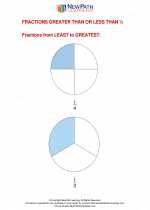
 Worksheet/Answer key
Worksheet/Answer key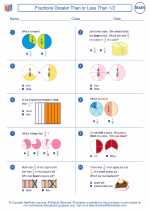
 Worksheet/Answer key
Worksheet/Answer key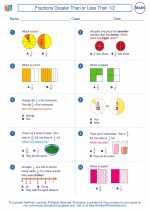
 Worksheet/Answer key
Worksheet/Answer key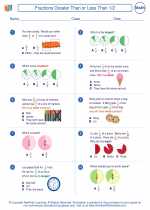
 Worksheet/Answer key
Worksheet/Answer key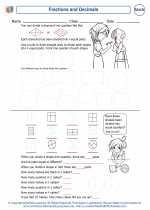
 Worksheet/Answer key
Worksheet/Answer key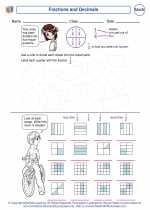
 Vocabulary/Answer key
Vocabulary/Answer key
